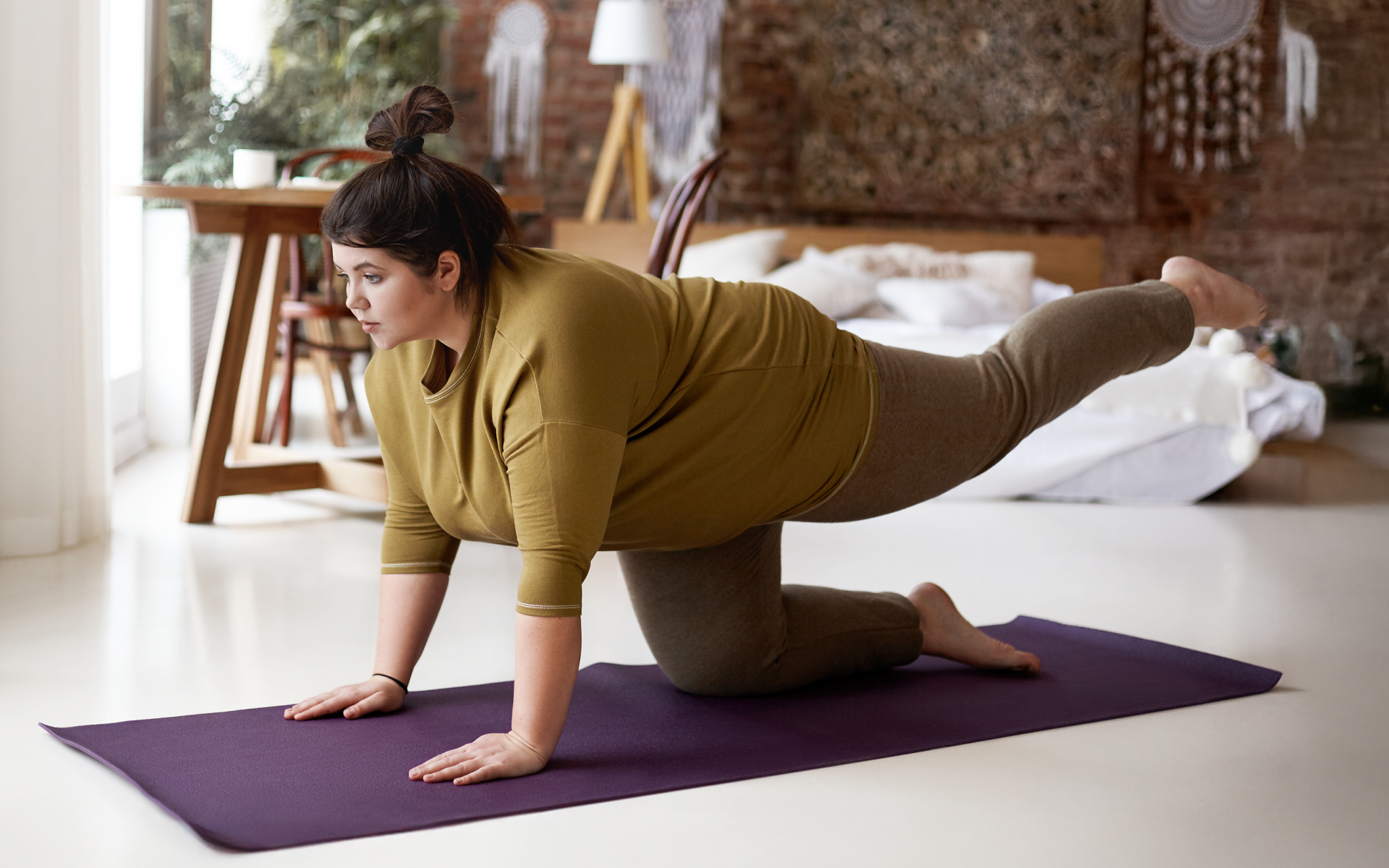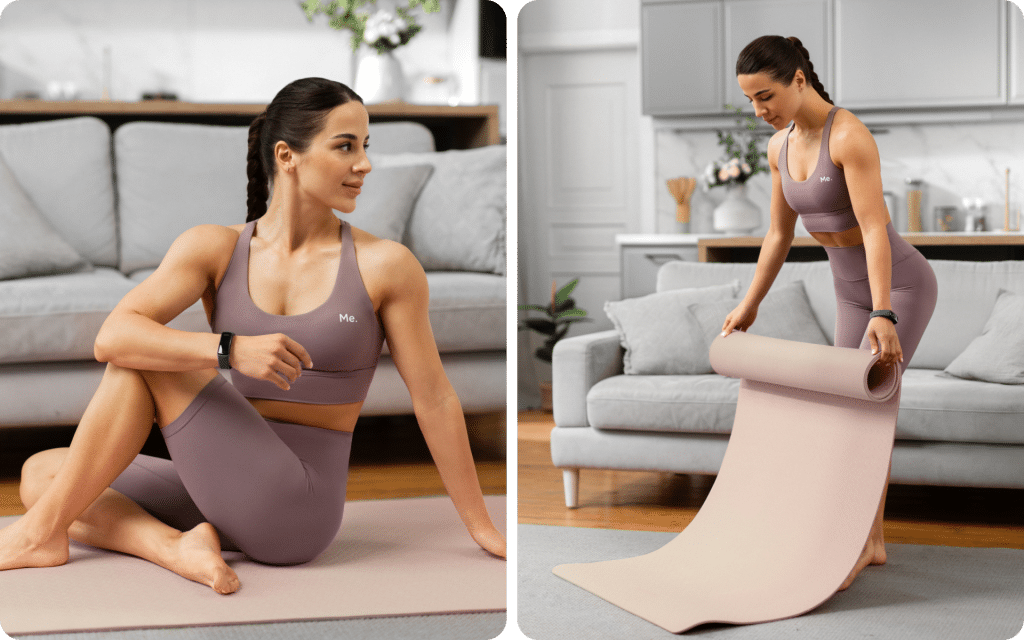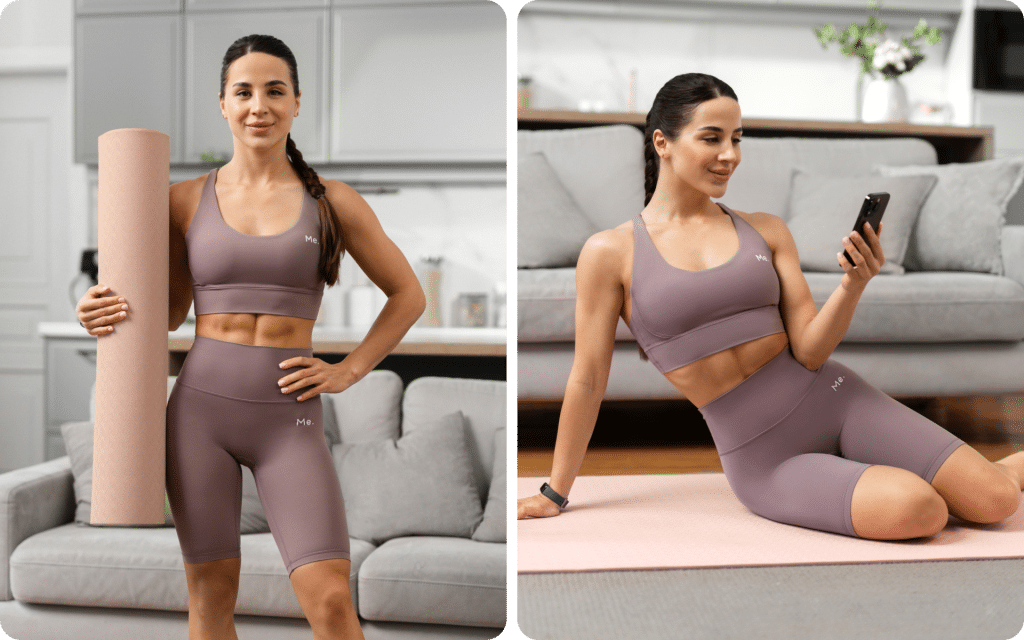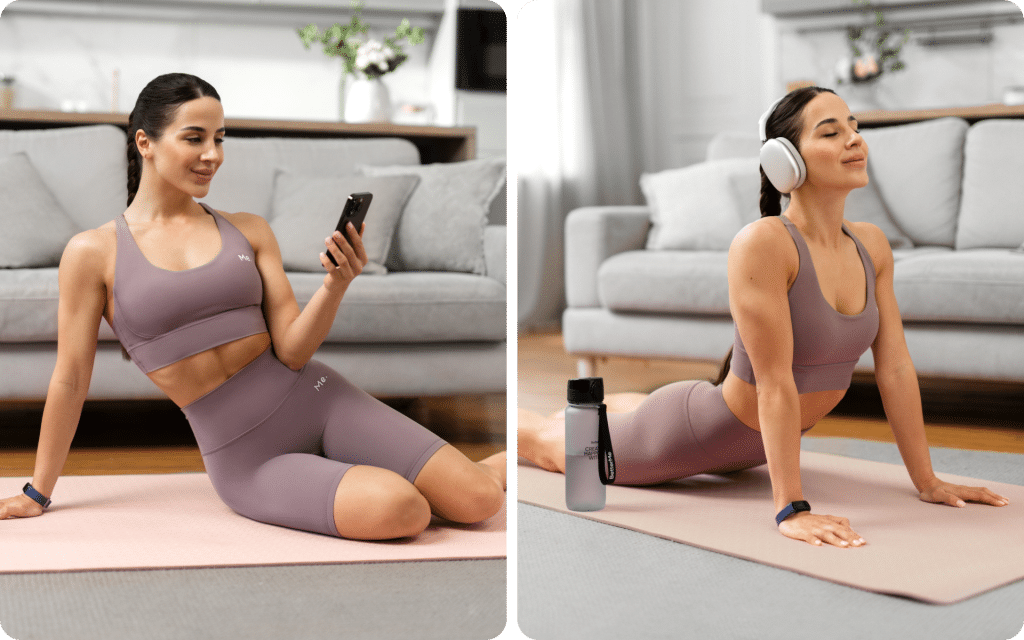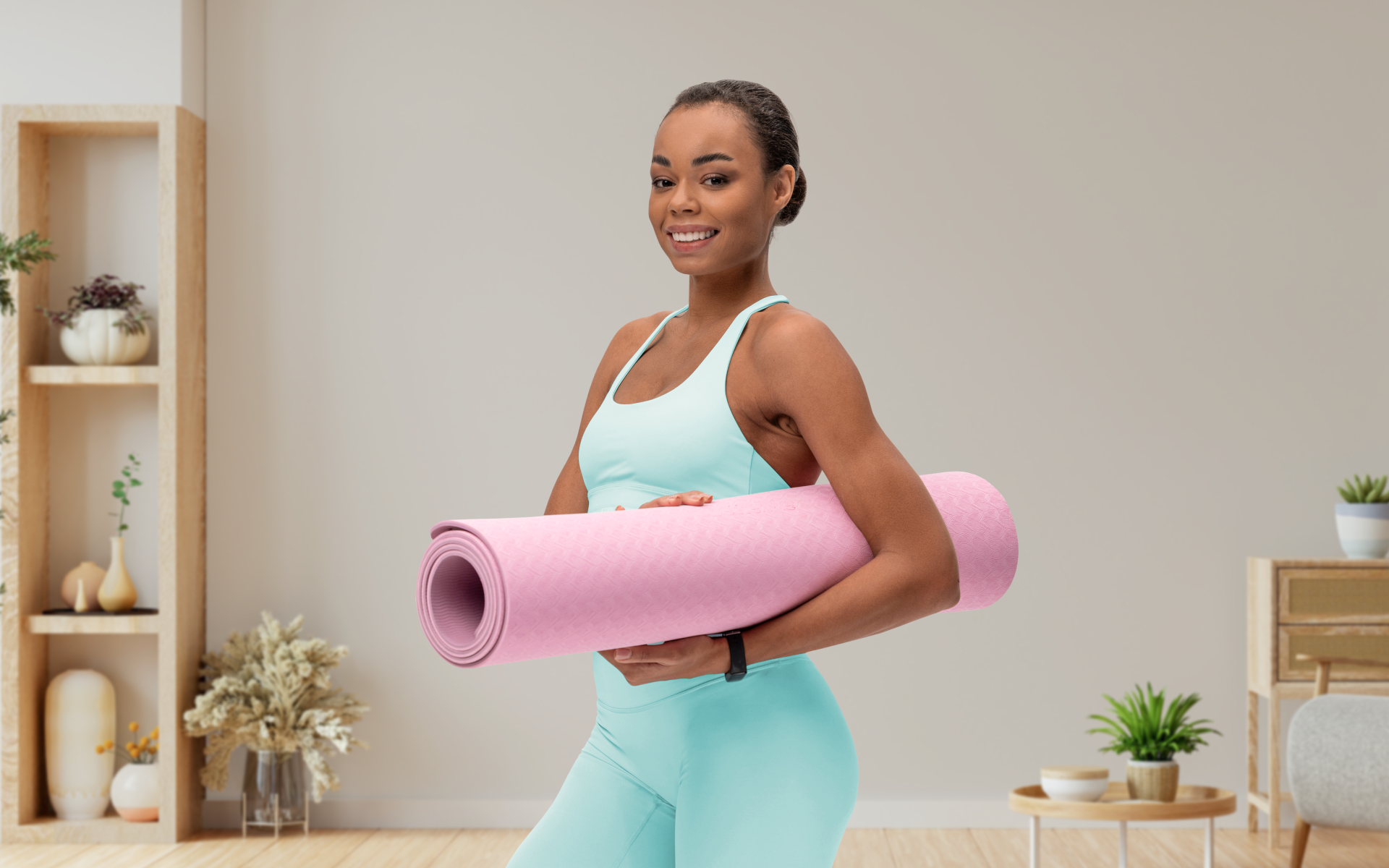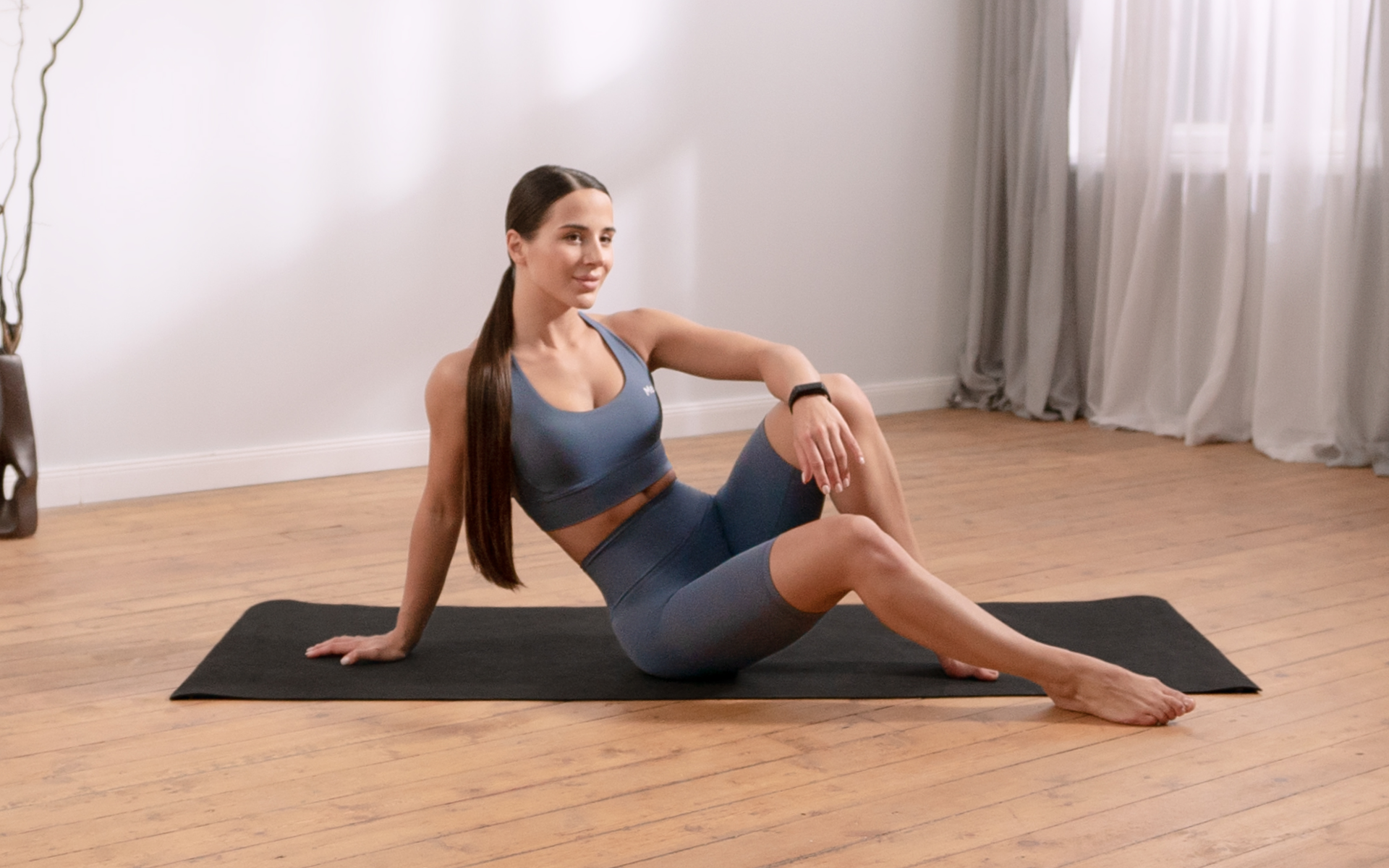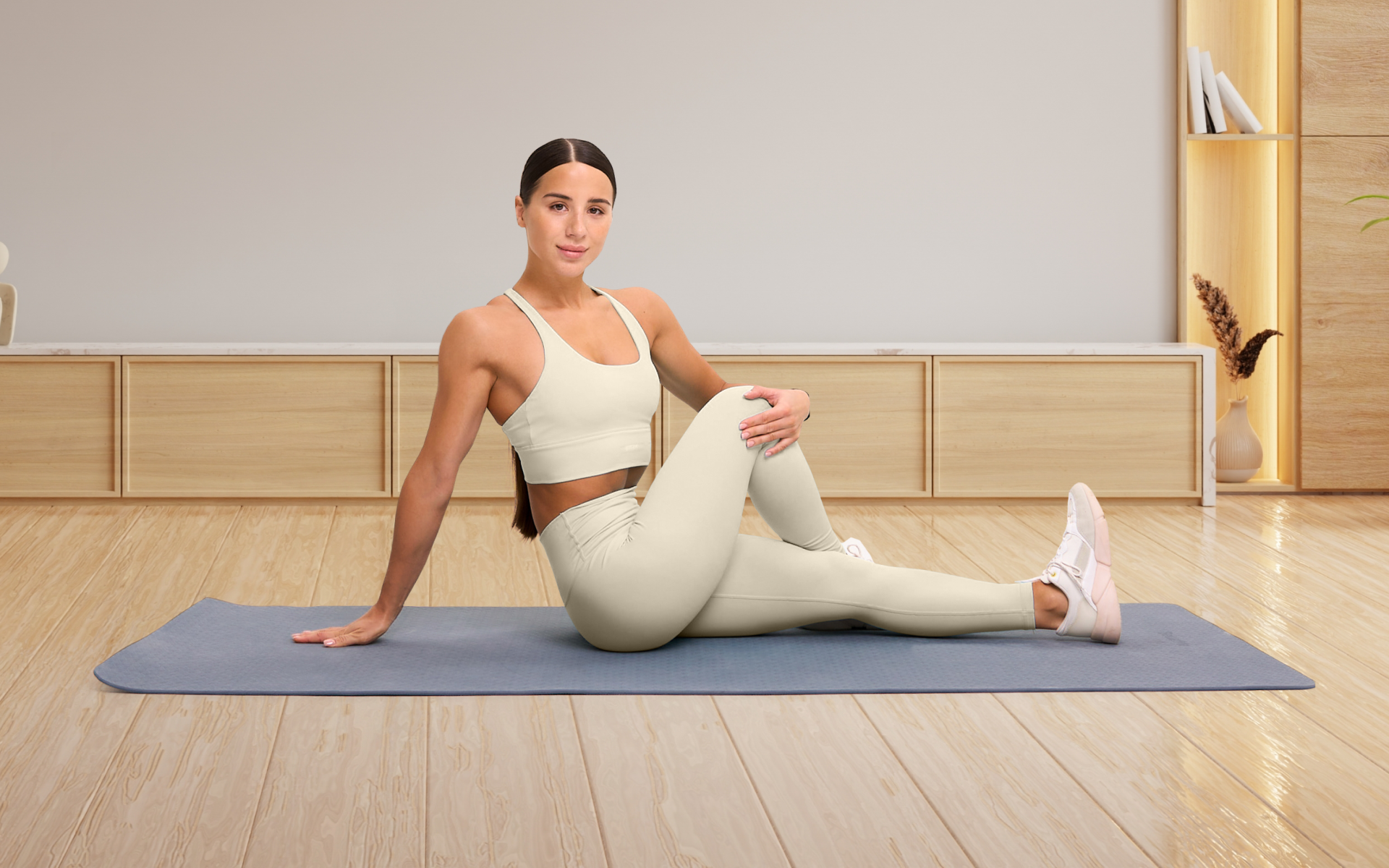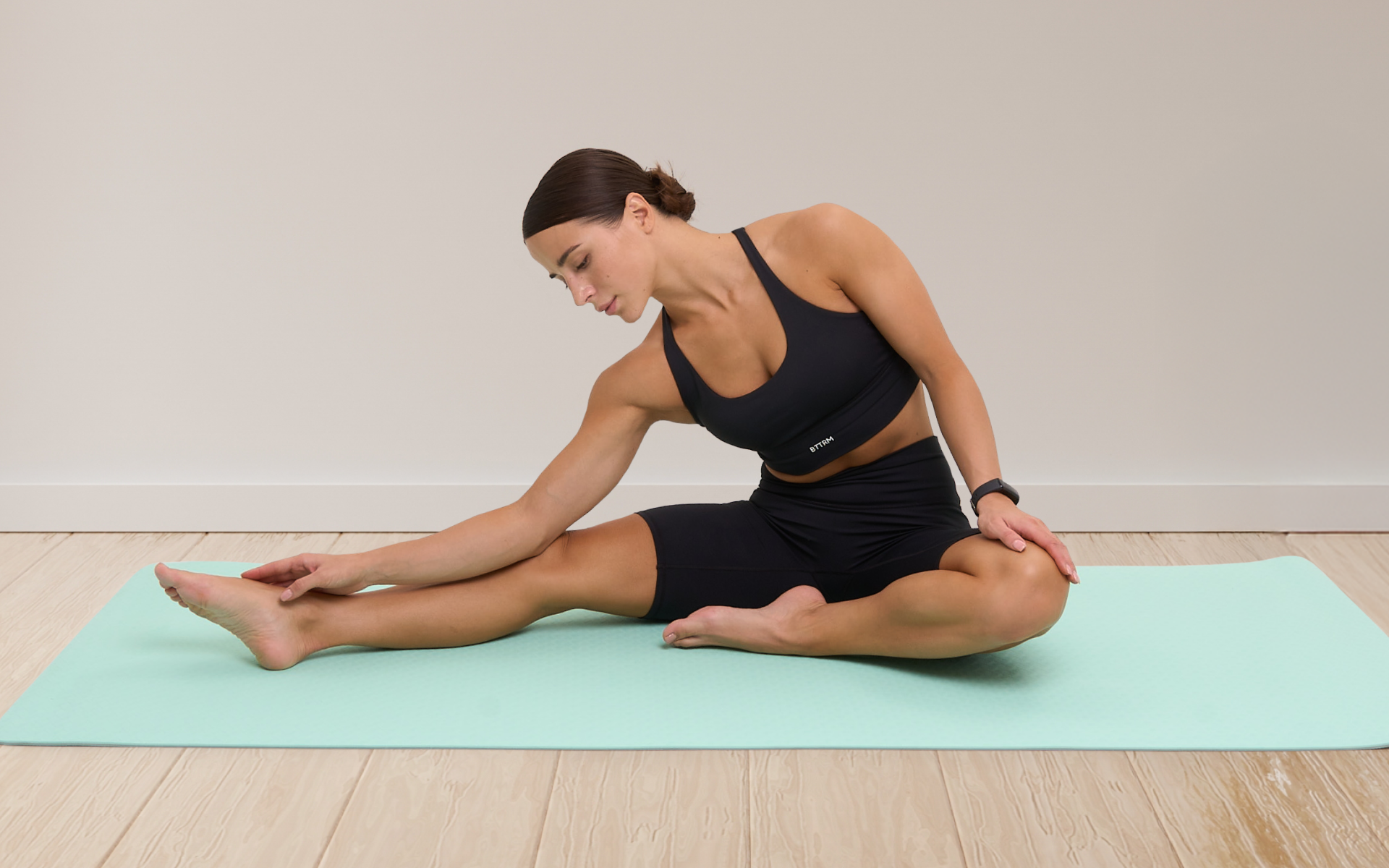Pilates has long been recognized for its ability to enhance flexibility, improve core strength, and promote overall well-being. However, many people wonder if this low-impact exercise method can also be an effective tool for weight loss. While Pilates may not typically burn as many calories as high-intensity workouts such as running or cycling, it offers unique benefits that can contribute to fat loss and body transformation. With a combination of controlled movements, deep breathing, and focused engagement, Pilates can provide an effective method for improving metabolic efficiency.
When it’s practiced regularly and combined with proper nutrition, Pilates can support weight loss by building lean muscle and increasing energy expenditure. In addition, specific Pilates exercises are designed to elevate the heart rate and enhance fat-burning potential. In this article, we’ll explore some of the most effective and unconventional Pilates exercises for weight loss, backed by research and expert opinions. We’ll also address common questions about the effectiveness of Pilates for weight management and provide guidance on how to maximize your results.
What Are Some Unconventional Pilates Exercises for Weight Loss?
The world of Pilates includes 600 exercises and their variations. Whether a person is differently-abled or elderly, there are options for everyone. People who have a sedentary lifestyle, are undergoing therapy, and even expecting mothers can create a Pilates routine for themselves.
Besides its physical benefits, there are many positive impacts of Pilates on a person’s mental health. A study published in the Postgrad Medical Journal found that Pilates can improve quality of life by helping people overcome depression or anxiety (3). Therefore, it can be considered a holistic workout pattern that could transform a person inside and out!
If you’re empowered with weight loss motivation, you should definitely consider the unconventional Pilates exercises for losing weight listed below:
Plank to Pike Slides
- Start in a high plank position with your hands under your shoulders and your feet on gliders or towels.
- Engage your core and slide your feet toward your hands, lifting your hips into a pike position.
- Hold for a second, then slowly slide back to the plank position.
- Repeat for 10-12 reps.
Rolling Teaser to Russian Twist
- Sit on the floor with your legs extended and your arms reaching forward.
- Roll back into a teaser position, lifting both legs off the ground.
- Once balanced, twist your torso to the right, then to the left.
- Lower down with control and repeat for 8–10 reps.
Jump Board Intervals (For Reformer Users)
- Lie on the reformer with your feet on the jump board.
- Engage your core and push off, performing controlled jumps while keeping your spine neutral.
- Land softly, alternating between parallel, turned-out, and single-leg jumps.
- Continue for 30-45 seconds per set.
Side-Lying Bicycle Kicks
- Lie on one side with your bottom arm supporting your head.
- Lift your top leg and start making a forward bicycle motion.
- After 8 reps, reverse the motion for another 8 reps.
- Switch sides and repeat.
Dynamic Bear Crawls
- Get into an all-fours position with your knees slightly lifted off the ground.
- Move forward with the opposite hand and foot, keeping your back straight.
- Continue crawling for 10-12 steps, then reverse back to the starting position.
- Repeat for 3 rounds.
Superman to Swan Dive
- Lie on your stomach with your arms extended forward.
- Lift your chest and legs off the ground into a Superman position.
- Transition into a rocking motion, lifting your upper and lower body alternately.
- Repeat for 8-10 reps.
Standing Single-Leg Circles
- Stand tall and lift one leg off the floor.
- Draw small circles in the air with your raised foot.
- After 8 circles, reverse the direction.
- Switch legs and repeat.
Read more: Wall Pilates to Lose Weight — Is It Worth the Hype?
Can You Lose Weight by Doing Pilates?
Yes, when you combine Pilates with a healthy diet and strength training, you can lose weight over time. If you enjoy your Pilates classes and attend them consistently, you’ll eventually notice a difference in your physical and mental fitness.
A small 2017 study observed 37 overweight or obese women aged 30 to 50 (4). The results showed that practicing Pilates for eight weeks helped with:
- Weight loss
- Reducing BMI
- Toning the waist
- Decreasing abdomen and hip size
It’s important to time your Pilates exercises and perform them correctly to see optimal results. It’s particularly effective for obese people as it doesn’t strain their joints like swimming or running do. Another important element to adhere to is caloric deficit. You should understand how many calories can keep you functional and try not to exceed the limit. Generally, weight loss occurs when you burn more calories than you consume (5).
BetterMe: Health Coaching app helps you achieve your body goals with ease and efficiency by helping to choose proper meal plans and effective workouts. Start using our app and you will see good results in a short time.
Pilates focuses on:
- Flexibility
- Posture
- Balance
- Mind-control over body
Its impact on strength and muscle tissue is also called “body recomposition”. Body recomposition helps increase lean muscle and boost metabolism, which allows the body to burn more calories, even while resting. BMR (basal metabolic rate) is the number of calories the body burns at rest (6). As muscle requires more energy to maintain, having more lean muscle means burning more calories throughout the day.
Strengthening muscles consistently can also help build lean muscle, reduce body fat, and lead to weight loss (7). Pilates supports this process through core-focused movements and a mindful connection between the body and mind. For better results, you should find a Pilates workout for weight loss and toning. Focusing on the specific exercise outcomes instead of performing general moves can keep you motivated and help you master the art of Pilates.
Can I Lose 20 lbs with Pilates?
Yes, it’s possible to lose 20 lbs with Pilates if you follow the right diet pattern and the right workout intensity, in addition to sticking to the routines. A previous systematic review in the Journal of Bodywork and Movement Therapies examined how Pilates affects body composition (8). The findings suggested practicing Pilates for 60 minutes, five times a week, over four weeks to be most effective in bringing about changes in body composition.
If you want to lose 20 lbs, consider adding cardio exercises such as walking, cycling, or running along with Pilates.
Is Pilates Alone Enough Exercise for Weight Loss?
While Pilates can help with weight loss, combining it with cardiovascular exercise and strength training will maximize the results. High-intensity pilates sessions, combined with activities such as walking, running, or cycling, can help create a calorie deficit necessary for weight loss.
To learn more on the subject, check out this piece on the most-asked question – Is Pilates good for weight loss?
Which Pilates Exercises Are Best for Weight Loss?
It’s recommended to move your body regularly, even if you don’t want to lose weight. Everyone deserves to be fit and healthy regardless of their age, gender, and social status. In Australia in 2023, it was estimated that over 1.1 million Australians aged 15 and older participated in Pilates (9).
Around 259,000 of these people were between the ages of 25 and 34. This indicates a high inclination of young people towards Pilates, but its low impact makes it a perfect addition to workout regimens of all age groups.
How Many Minutes of Pilates a Day Is Effective?
The American Heart Association recommends adults aim for at least 150 minutes per week of moderate-intensity aerobic activity or 75 minutes per week of vigorous aerobic activity, or a combination of both, spread throughout the week (9). They also recommend adults include at least 2 days per week of muscle strengthening activities at moderate- to high-intensity. That being said, some exercise is better than none, even if you aren’t reaching the recommended amounts.
If you’re doing Pilates for weight loss and toning, you should add further steps such as a healthy diet and strength training to get the desired results.
Reasons why BetterMe is a safe bet: a wide range of calorie-blasting workouts, finger-licking recipes, 24/7 support, challenges that’ll keep you on your best game, and that just scratches the surface! Start using our app and watch the magic happen.
Is Pilates 5 Days a Week Enough?
For most people, doing Pilates 5 days a week can be considered enough to see significant improvements in strength, flexibility, and core stability. This is particularly applicable if you’re aiming for advanced results or are already accustomed to regular exercise. Check out some of the benefits it can bring your way:
- It improves your core strength by engaging your trunk, obliques, and lower back. Over time, this strength improves movement efficiency and helps protect the spine, which lowers the risk of back pain (11).
- Pilates includes different stretches and movements that gradually improve muscle and joint flexibility (12).
- Pilates is focused on alignment, body awareness, and control, all of which help achieve and maintain good posture (12).
- A sedentary lifestyle can reduce circulation, which increases the risk of health problems. However, a Pilates at-home challenge includes movements that help improve blood flow throughout the body (13).
- In addition to its physical benefits, Pilates provides significant mental health benefits. It promotes mindfulness, focus, and deep breathing, all of which help reduce stress (14).
Generally, sticking to a Pilates routine 5-days a week can help you break free from the sedentary chain and enjoy the benefits of a movement-oriented lifestyle.
Read more: Pilates Without Equipment: Full-Body Workout At Home
How Long Does Pilates Take to Show Results?
The National Center for Biotechnology Information states that doing Pilates for one hour per session, three times a week for 12 weeks can significantly improve abdominal and lower-back stability, flexibility, and muscle function (15).
According to most experts, you can typically start to notice physical changes from Pilates within a few weeks of consistent practice, with most people seeing noticeable results in 6-8 weeks, although individual experiences may vary based on factors such as starting fitness level and frequency of sessions.
A 30-minute Pilates session typically burns 150-200 calories for a beginner, with more advanced classes or reformer Pilates burning closer to 200-250 calories. While 30 minutes of Pilates a day can contribute to weight loss, it may not be enough on its own to see significant results, particularly if you’re aiming for substantial weight loss. Combining it with a healthy diet and other forms of exercise such as cardio is usually necessary for optimal results. Yes, Pilates can significantly change your body shape by toning your muscles, improving your posture, and strengthening your core. It can lead to a more defined and sculpted appearance, particularly with long, lean muscle development. This gives the impression of a taller and slimmer physique. According to most experts, doing Pilates in the morning is generally considered better as it can help energize your body, boost your mood, and set a positive tone for the day, while also potentially improving your sleep quality later on. However, the best time to do Pilates will depend on your schedule and when you’re most likely to stick to a routine. Frequently Asked Questions
How much does 30 minutes of Pilates burn?
Is 30 minutes of Pilates a day enough to lose weight?
Will Pilates change my body shape?
Is it better to do Pilates in the morning or at night?
The Bottom Line
Pilates is a powerful tool for body transformation that offers numerous benefits beyond weight loss, including enhanced flexibility, improved postural control, and increased strength. While it may not be the highest calorie-burning exercise, its ability to stimulate positive adaptations in the body makes it a valuable addition to any fitness regimen.
By integrating high-intensity Pilates exercises, maintaining consistency, and pairing them with a healthy diet, you can achieve your weight loss goals effectively. Whether you’re looking to shed a few pounds or enhance your overall fitness, Pilates provides a sustainable and enjoyable way to stay active and healthy.
DISCLAIMER:
This article is intended for general informational purposes only and does not serve to address individual circumstances. It is not a substitute for professional advice or help and should not be relied on for making any kind of decision-making. Any action taken as a direct or indirect result of the information in this article is entirely at your own risk and is your sole responsibility.
BetterMe, its content staff, and its medical advisors accept no responsibility for inaccuracies, errors, misstatements, inconsistencies, or omissions and specifically disclaim any liability, loss or risk, personal, professional or otherwise, which may be incurred as a consequence, directly or indirectly, of the use and/or application of any content.
You should always seek the advice of your physician or other qualified health provider with any questions you may have regarding a medical condition or your specific situation. Never disregard professional medical advice or delay seeking it because of BetterMe content. If you suspect or think you may have a medical emergency, call your doctor.
SOURCES:
- Pilates for Overweight or Obesity: A Meta-Analysis (2021, pmc.ncbi.nlm.nih.gov)
- Number of pilates participants in the United States from 2010 to 2023 (2024, statista.com)
- Application of Pilates-based exercises in the treatment of chronic non-specific low back pain: state of the art (2019, pmc.ncbi.nlm.nih.gov)
- The effect of Pilates exercise on body composition in sedentary overweight and obese women (2017, pubmed.ncbi.nlm.nih.gov)
- Weight-Loss and Maintenance Strategies (2004, ncbi.nlm.nih.gov)
- Environmental and functional limits to muscular exercise and body size in marine invertebrate athletes (2002, sciencedirect.com)
- Strength Training for Weight Loss: Gaining Muscle and Losing Fat (2023, health.umms.org)
- The effect of Pilates exercises on body composition: A systematic review (2012, researchgate.net)
- Number of Australian adults who participated in Pilates in Australia in financial year 2023, by age group (2024, statista.com)
- Physical Activity Guidelines (n.d., acsm.org)
- Pilates to Improve Core Muscle Activation in Chronic Low Back Pain: A Systematic Review (2023, mdpi.com)
- Pilates for improvement of muscle endurance, flexibility, balance, and posture (2010, pubmed.ncbi.nlm.nih.gov)
- The effect of pilates on body awareness, activity level, aerobic capacity, and balance in healthy young adults (2021, researchgate.net)
- The effects of pilates on mental health outcomes: A meta-analysis of controlled trials (2018, pubmed.ncbi.nlm.nih.gov)
- Pilates: how does it work and who needs it? (2011, pmc.ncbi.nlm.nih.gov)
